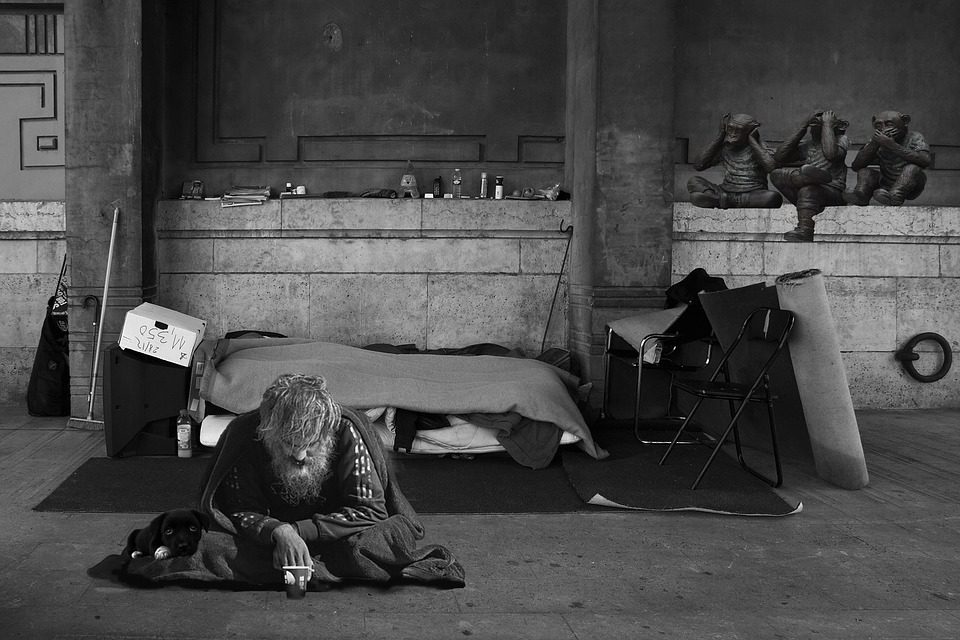I had the opportunity to attend the Urban Land Institute 2017 Housing Opportunity Conference last week in New Orleans. It was an interesting time to be in NOLA; I saw more dogs with their owners who were escaping Hurricane Irma as it hit Florida than I have ever seen in one place.
![]() Ron Terwilliger, chairman of the ULI Terwilliger Center for Housing, started off the conference with a little background on current policy issues. He discussed the content of a recent report issued by the J. Ronald Terwilliger Foundation for Housing America’s Families entitled, “Money is Policy: How Federal Housing Dollars Are Spent.” The report concludes that “the current system of housing subsidies…inadequately helps those who need assistance the most: the millions of families who are struggling on the margins.” This is based on the fact that more than 11 million Americans spend more than 50 percent of their income on rent. Coupled with a shortage of rental homes affordable to the lowest income families, the conclusion is that millions of creditworthy families seeking to purchase a home are unable to do so. With the declining homeownership rates across the country, the pool of renters exceeds the pool of available rental housing, which pushes up rents.
Ron Terwilliger, chairman of the ULI Terwilliger Center for Housing, started off the conference with a little background on current policy issues. He discussed the content of a recent report issued by the J. Ronald Terwilliger Foundation for Housing America’s Families entitled, “Money is Policy: How Federal Housing Dollars Are Spent.” The report concludes that “the current system of housing subsidies…inadequately helps those who need assistance the most: the millions of families who are struggling on the margins.” This is based on the fact that more than 11 million Americans spend more than 50 percent of their income on rent. Coupled with a shortage of rental homes affordable to the lowest income families, the conclusion is that millions of creditworthy families seeking to purchase a home are unable to do so. With the declining homeownership rates across the country, the pool of renters exceeds the pool of available rental housing, which pushes up rents.
Then I attended two different panel sessions on affordable housing. In the first, a representative from the city of Austin discussed its process of issuing $50 million in general obligation (GO) bonds specifically for affordable housing and using multiple strategies to solve the homelessness to homeownership issue. The other panelists agreed that states will take affordable housing into their own hands, and the federal government should not prescribe policy, instead just provide the funding to make it happen.
The other affordable housing panel talked about how each community is different and that there is no “one size fits all” approach to affordable housing. One speaker’s organization focused on trainings geared toward houses of worship on the real estate development process (how to do RE development, how to access public and private resources, accounting infrastructure, and asset management) and how to access capital (grants for market studies and feasibility studies, recoverable early pre-development grants, access to full range of Enterprise products). Another panelist’s organization provides technical assistance (organizational development, zoning and market analysis, visioning and feasibility studies, project specific technical assistance), provides legal services (partnerships with pro bono legal providers and legal referrals), and provides development consultants (a bullpen of developers and development consultants with expertise and interest in faith-based development).
You might ask why an organization would focus on houses of worship. One of the reasons is that houses of worship often bring land to the deals that is undeveloped and many times debt-free. This decreases the overall costs of a development project and increases the rate of return for investors.
Public-private partnerships seemed to be a common theme across most of the projects presented in this session. The other common theme was that co-location is a powerful tool to promote affordable housing. An example is the co-location of a women’s health center near a senior living facility. What is interesting is that this is very similar to the idea we teach in economics called “agglomeration economies,” which are the benefits that firms obtain by location near each other.
If you enjoyed this post, you may also enjoy learning more about our 501(c)(3) non-profit Greenfield Institute. Visit www.greenfieldinstitute.org for more information.






Recent Comments